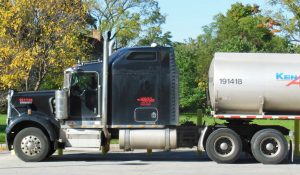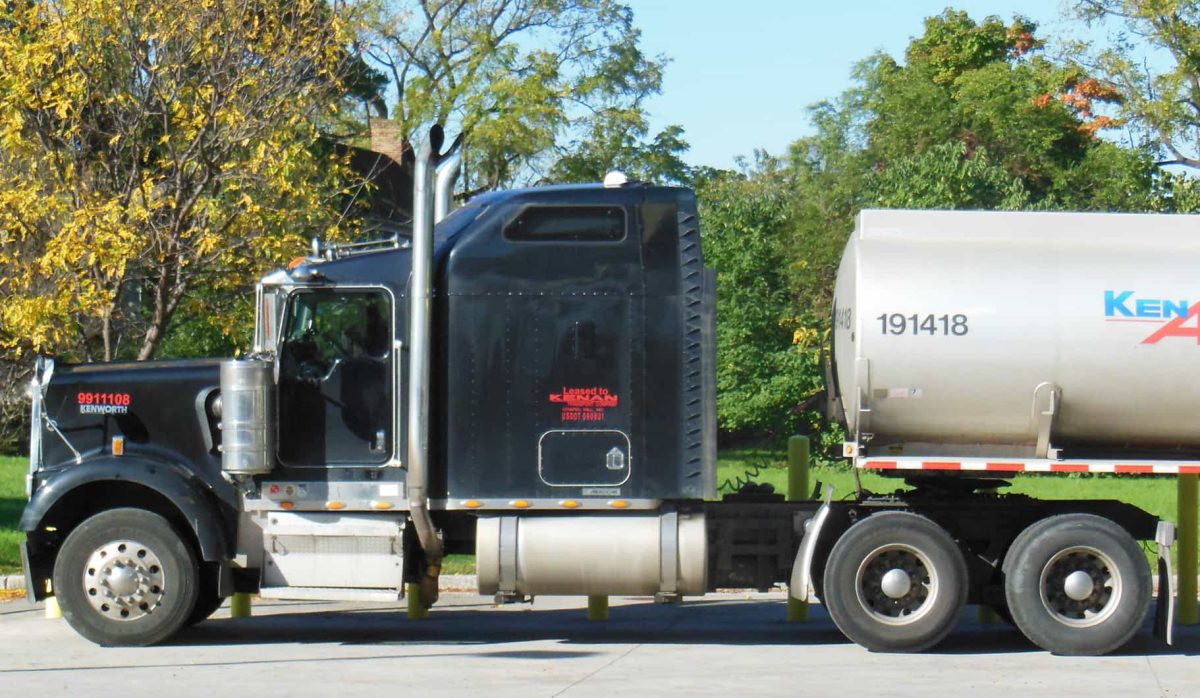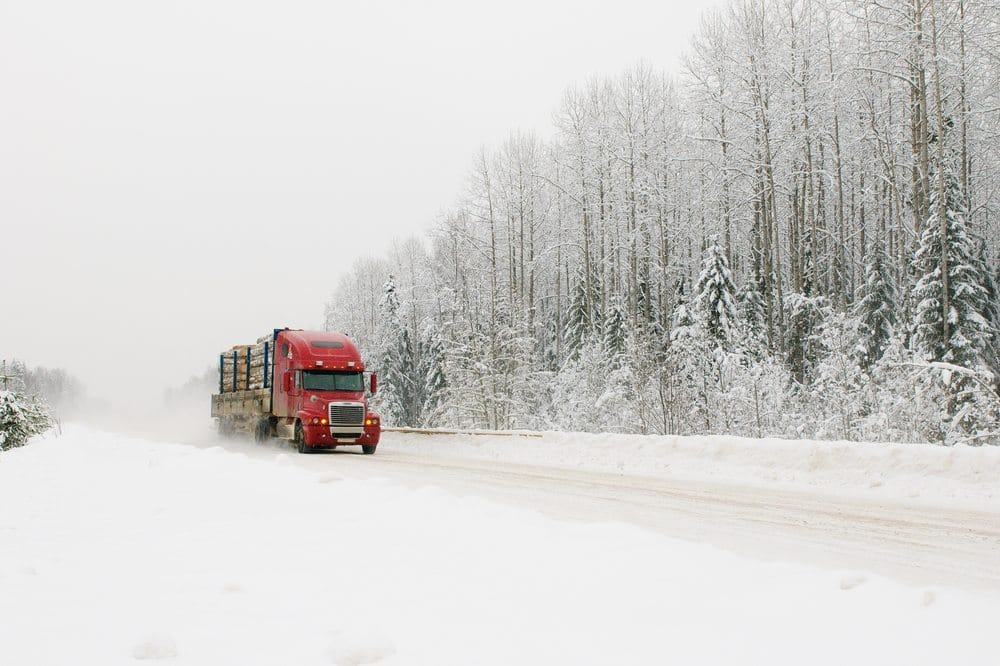
Driving in the winter is stressful, doubly-so for those toting a fully-loaded rig. Luckily, you can take a bit of worry off your shoulders with the help of your electric yard trucks and a properly prepped fleet. The right tire, sufficient, even tread, and proper inflation levels can greatly improve traction and handling on icy, snow-covered roads.
Selecting Tires
Performance is intimately tied to tire selection. Look to tread designs to find your ideal winter tire match. The more open the tread, the better tires perform in snow and slush. In addition, look to skid depth: Full skid-depth tires offer better traction than those with shallow depth.
Ensuring Proper Inflation
Maintaining proper inflation positively impacts a number of factors, including tire wear, casing life, the ability to retread tires, and even gas mileage. In winter driving, it provides an ‘enhanced footprint’ essential to navigating snowy, icy roads. Ambient temperature affects inflation levels, with pressure drops proportional to temperature: 2 psi for every 10° decrease. This makes frequent calibration, at least weekly, essential.
Checking Tread
Tread depth ensures tire ‘grip’ on road surfaces. Use retreads? Choose tread designs with numerous biting edges and ‘sipes’ to boost traction.
Chaining Up
Though this process is considered antiquated by some, ‘chaining up’ tires to improve traction and grip remains an effective way to ensure additional stability in snowy, icy road conditions. When properly chained up, no impact on tire longevity should occur. When selecting tires, opt for styles designed for easy chain application. Be sure to apply chains tightly, removing them as soon as they’re no longer needed.
Shipping schedule blowing up? Stay on top of delivery demands, saving time, reducing labor, and preventing injuries with the help of yard trucks from DJProducts today.




